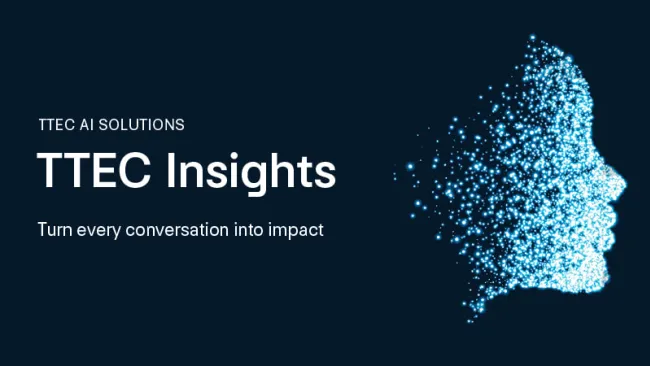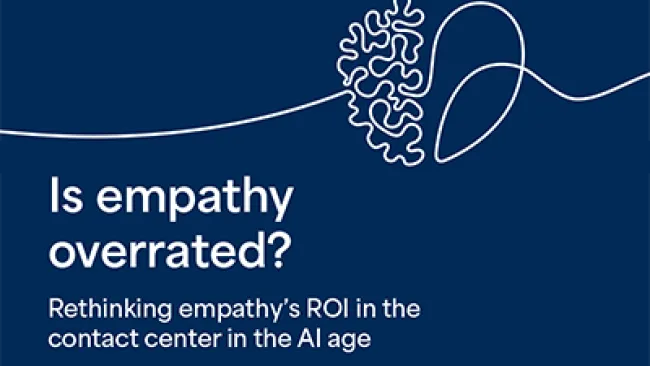As the world increases its digital footprint, a greater amount of attention has been turned to Big Data. With promises ranging from regulating ocean temperature to improving America's healthcare system, Big Data is becoming the panacea for everything from the arts to the sciences.
Big Data's gilded promises are spurring enterprise investments globally. In fact, according to Gartner, Big Data is expected to drive $32 billion in IT spending this year, and a staggering $232 billion through 2016. In addition, the International Data Corporation (IDC) predicted last year that the Big Data technology and services market will grow from $3.2 billion in 2010 to $16.9 billion in 2015.
As interest in Big Data increases, so do marketers' challenges. From having the capabilities to apply sophisticated quantitative analysis to their Big Data efforts to centralizing their analyses, many marketers are faced with unfamiliar mandates. To help get marketers on track, I offer 10 Big Data trends and challenges, as well as their accompanying directives and solutions.
1. Everything is digital, data is everywhere
Most everything today has a digital footprint. From the retail stores that rely on self-service and mobile to the individual consumers glued to their smartphones and tablets, everyone and everything relies on data. Some retailers have even started to utilize technology that analyzes traffic patterns in stores in order to glean an array of findings from ascertaining the most popular times customers enter the stores, to the actual paths they take to get there.
2. Companies get their data boogie on
With this treasure trove of data, companies can conduct mass customization and offer tailored experiences to customers to help simplify their lives. FitBit, for example, is compiling massive amounts of data for customers who wear the company's digital devices to track their personal data like physical activity and amount of sleep. And Waze, a traffic and navigation app, encourages drivers to report driving conditions and traffic by inciting them to compete via leader boards.
3. Big Data meets customer experience
Big Data's abundant insights helps companies provide tailored and memorable customer experiences, placing the concept of Big Data at the center of the customer experience design. Consumers are benefiting from companies' analytical investments now that they are starting to leverage this data to give consumers products and services at lower prices, create better alignment, and spur efficiencies by using Big Data to drive waste out of systems.
4. Data gives way to nimble, real-time decision-making
Big Data is a catalyst for busting up silos. Before, data was trapped in different departments and technologies across an organization and conducting analysis on the insights to drive action was time-consuming and lengthy. Big Data alleviates the wait time by relying on data mining applications to pull the insights out of all the silos and allow companies to identify attributes to make faster decisions and drive real-time decision-making. Now some of the online commerce companies have tied Big Data to their purchase funnels. If they see customers are online and looking at a specific product, they can serve up the ad on the site and adjust the price in real time.
5. Big bucks through small bucks
Big Data, which used to be an expensive proposition, is becoming affordable because of the mass adoption of the cloud. Now that we've gone to cloud-based computing, the cost of aggregating and mining data has really declined over the past few years. Cloud-based data companies have started to grow at a rapid pace, and they're bringing in revenue through Big Data by creating an affordable value proposition.
>Big Data Directive: Virtualization can enable business agility by creating new services on a cost-efficient cloud infrastructure. Marketers mustn't ignore these opportunities.
6. Data as a corporate asset
Companies are seeing data as a significant corporate asset and a driver of competitive advantage. With the ability to collect and integrate market data with partner data, transactional data, and consumer behavioral data, companies can make better decisions around their investments and know which products to develop and services to offer. If a company can utilize this data to build flexible, dynamic business processes that adapt to the consumer's behavior using a financial lens, then what they're doing is building better customer experiences based on intelligence that is grounded in a better set of economics. That is hard to replicate by competitors and positions Big Data as a competitive advantage.
7. Demand for data nerds outstrips supply
If you look at the people who understand data and how to leverage it—the practitioners, data scientists, and analysts—the number of those people will be outstripped by the demand for those people as growth for jobs in the foreseeable future increases. Colleges will also likely offer more courses and specialty curriculum around Big Data and analytics. We will see universities teaching an integrated approach to data analytics and business intelligence at a graduate level.
8. Experiments aren't just for the lab anymore
Rapid testing becomes the new way companies make decisions. It allows companies to distinguish the difference between causation and correlation to improve financial outcomes. Now companies can use this data to conduct rapid testing of offers and of business processes that positively impact the customer experience. This ability to do rapid analysis and apply financial rigor positions Big Data as the new way to make decisions. With Big Data being easily accessible and driving dynamic processes and services, companies will really create the discipline and financial rigor that drives sound decision-making and allow companies to make distinctions between causation and correlation.
>Big Data Directive: Big Data creates a culture of listening to consumer sentiment to make informed decisions. To stay ahead of the curve, companies must be able to rapidly conduct analysis on their enterprise and partner data. To enable rapid analysis, organizations must ensure that the technologies, processes, and people are in place to conduct regular analysis and ensure that data isn't sitting unattended for too long.
9. The rise of new companies, new businesses, and the turbo-charging of some older companies
There is value in exhaust data, that mountain of random, unstructured, and at times ephemeral data by-products, which may appear to be trash. What may be one person's trash is another's treasure. The data sitting in companies is forming new revenue streams for them.
Manufacturing, for example, is starting to aggregate the data from its suppliers across the supply chain and tapping into new insights as a result of this exhaust data. Companies are reselling these "new" insights to other participants in the supply chain. This means that data is becoming a revenue source for companies and is responsible for the emergence of brand new companies.
10. Privacy concerns will grow
Big Data will give rise to new businesses and revenue streams, but it will also create the emergence of greater security risks and privacy concerns. As companies pull together and aggregate data, some won't actually anticipate the value of that data. I think we will see examples this year of data breaches that increase the concern over privacy and security. When we start to see this breakdown in security and rising concerns around privacy, lawmakers will want to enact restrictions, which will create a debate around the role of government in relation to Big Data.















